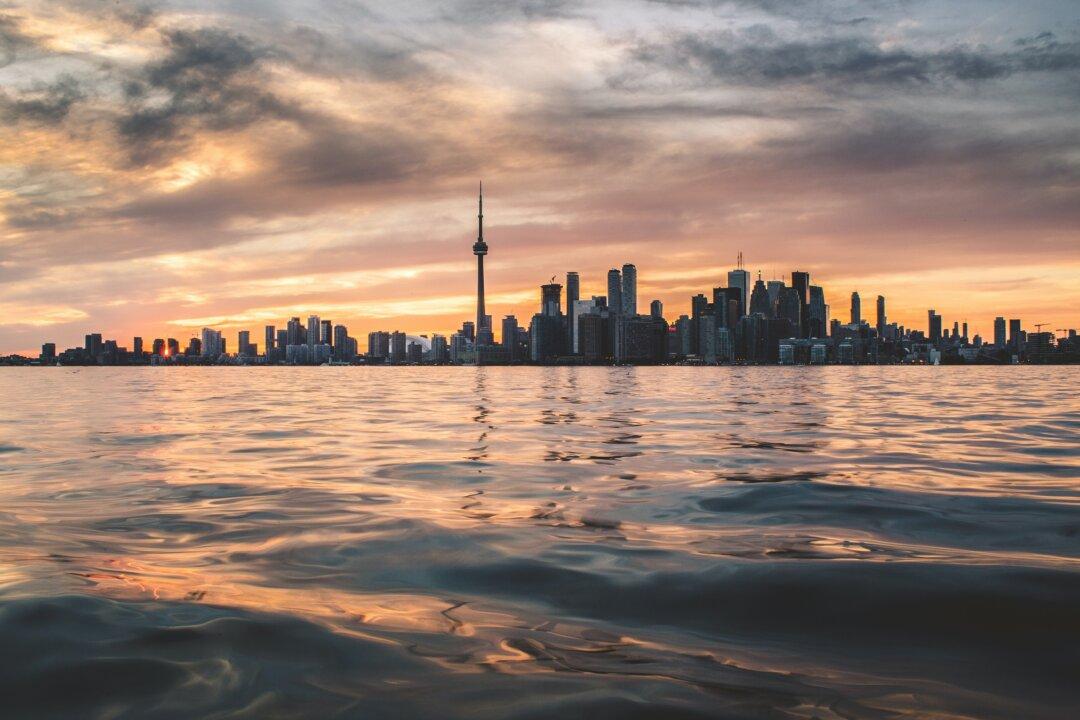Mexico’s Puerto Vallarta is admittedly not known for wine.
After all, Jalisco, the state surrounding the resort destination first popularized by Elizabeth Taylor, Richard Burton, and other Hollywood stars back in the day, is the home of tequila in the same way that champagne only comes from France’s Champagne region. Then there is the lack of vineyards, which obviously are a prerequisite for making wine.





